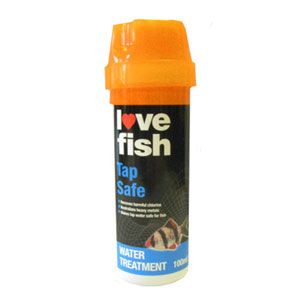Ignore the shop. Most shop workers are trained only in how to make a sale and know very little about keeping fish. The 'how to make a sale' training includes how to sound convincing when making something up. I presume you got the Love Fish dechlorinator from Pets at Home? You need to be aware that they have just about the worst reputation in the country for rubbish advice.
You need to test the tank daily for ammonia and nitrite and do a water change every time you see either (or both) higher than zero. With 6 fish in 25 litres, this will mean a large water change every day.
The Love Fish dechlorinator states
It mentions nothing about chloramine or ammonia. And does not mention that chlorine kills the bacteria you are trying to grow.
I should explain that water companies commonly use one of two things to disinfect water supplies - chlorine and chloramine. Chloramine is a chlorine and an ammonia joined together. Dechlorinators split it up and remove the chlorine part, leaving the ammonia part in the water. A lot of dechlorinators contain another chemical to detoxify this ammonia, but the Love Fish one says nothing about this.
It was mentioned in another thread that your tap water has 0.5 ppm ammonia and it was suggested that your water company uses chloramine as the ammonia part of that shows up in the ammonia test. It would be better for your fish at the moment to use Seachem Prime as your dechlorinator. This detoxifies both ammonia and nitrite, both of which harm the fish. But even though they are detoxified, they will both still show in the tests. The effects last only one to two days, so you will still need to do water changes whenever you see readings over zero, and this will add more Prime which will last another one to two days..


